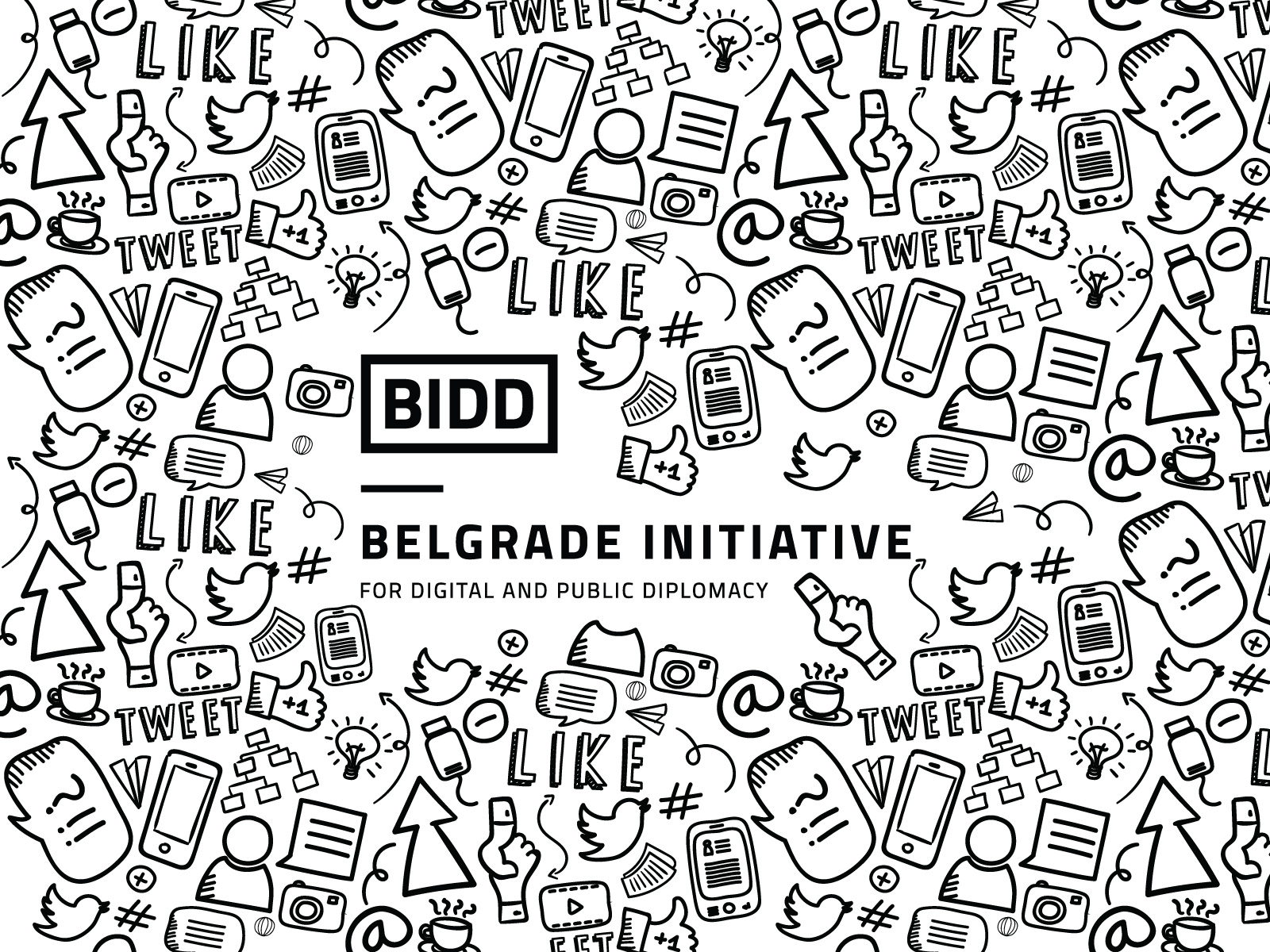We live in an era of mind-bogglingly easy global connectivity the likes of which has never before been experienced. Thanks to information and communication technologies (ICTs) such as the internet and social media, state leaders and non-state actors are now able to connect with each other, with their citizens, and with people from other countries in a powerful and direct way. This allows for real-time communication and the opening of new dimensions in diplomacy, such as the ability to solve social problems and mediate relations with foreign states. It is easy to see how digital diplomacy as a new discipline—despite the obvious challenges it faces—has revolutionized public discourse in the 21st century. Leaders now talk directly to their people. So, what does this mean for the future of public diplomacy?
While there are many definitions of digital diplomacy, at its core digital diplomacy is simply the use of social media and other new technologies as a tool to further the aims of traditional diplomacy. In this way, states and state actors can use social media platforms—such as Twitter, Facebook, YouTube, Instagram, Periscope, and Snapchat—to communicate and disseminate ideas to their constituents, foreign peoples, other state actors and non-governmental organizations, as well as further the aims of public policy and manage the spread of information and knowledge and their own “social media brand”.
Nations can use digital diplomacy not only as a means by which to communicate their ideas but also as a way to help citizens through the coordination of disaster response efforts, for example, such as Belgium’s Twitter account @CrisiscenterBE, which is used specifically to communicate with citizens on potential terrorist attacks and natural disasters as they unfold in real time. Similarly, digital diplomacy can be used as a means to overcome traditional limits of diplomacy and bring about social change, such as the Virtual Embassy Iran, which was launched by the U.S. State Department in order to facilitate interactions between the U.S. and Iranian citizens due to a lack of traditional communication lines between the two. Ultimately, digital diplomacy is not a new form of diplomacy—it is traditional diplomacy with a new toolset.
A recent Twiplomacy Study found that there are currently 178 countries—or a whopping 92 percent of all UN member states—that are represented by heads of state and foreign ministers on Twitter, with a grand total of 356 million followers between these accounts. In fact, the study found that out of all social media platforms, heads of state and government had the biggest presence on Twitter with a total of 856 official accounts, with Facebook and Instagram as the second and third most popular platforms, respectively. Unsurprisingly, U.S. President Donald Trump’s often-controversial Twitter account (@RealDonaldTrump) is the most followed world leader in 2017 with over 45 million followers, followed by Narendra Modi, Prime Minister of India (@NarendraModi, 37.5 million followers) and Pope Francis (@Pontifex, 33 million followers).
The number of followers a leader enjoys does not necessarily translate into effective digital diplomacy strategies. For example, while President Trump may have the most Twitter followers, he follows very few other world leaders and has little engagement with his followers. The European Union’s External Action Service (@EU_EEAS) and the Foreign Ministry of Russia (@MFA_Russia), on the other hand, are mutually connected to 128 and 127 other world leaders and government institutions, respectively, while 95 percent of tweets the government of The Netherlands (@Rijksoverheid) and the government of Nepal (@Hello_Sarkar) send out are direct replies to their followers.
Indeed, these Twitter accounts and more demonstrate that engagement is crucial to effective digital diplomacy. For example, tagging Twitter users in pictures, a method used by the Russian Foreign ministry and the French government, is an effective way to ensure that relevant stakeholders are notified about important issues and have the ability to increase engagement surrounding the issue, either through retweets or replies. Conversely, diplomats can also use social media to connect to non-state actors, such as Israel’s frequent use of direct message campaigns to connect to key influencers and request certain tweets to be amplified by these followers, in addition to their #IsraelRetweetedMe campaign, which asks followers to discuss Israel in a positive light in order to be retweeted by Israel’s official Twitter accounts and spotlight these specific Twitter users.
Despite the opportunities digital diplomacy presents, there are also major challenges to be dealt with, key among them: contesting realities. During the beginning stages of the Crimean crisis, for example, Russian digital diplomacy accounts denied the presence of Russian troops in Ukraine—while the United States digital diplomacy accounts argued the opposite. Similarly, the simultaneous insistence by Russian Twitter accounts that Aleppo has been liberated while UK Twitter accounts argued that Aleppo remained in a state of emergency has led to confusion on both sides and a decrease in trust by followers of both accounts. This confusion, perpetuated by real-time rapid spread of misinformation and the creation of conflicting realities, demonstrates the very mechanisms that make digital diplomacy so successful also have the potential to stifle and block off authentic communication.
While many challenges exist due to the novelty of digital diplomacy—former U.S. President Barack Obama was the first leader to create an official presidential Twitter account as recently as 2007—the possibilities of digital diplomacy have only just begun. In addition to social media, revolutionary advances in artificial intelligence, virtual and augmented reality and the Internet of Things are beginning to open new avenues into even more interactive public diplomacy campaigns, as well as connect digital diplomacy to the physical realm. Indeed, crude AI systems such as chat-bots are already being implemented in an effort to assist with registration processes, visa applications and legal aid for refugees, and Internet of Things capabilities such as satellite remote sensing have been able to aid the World Health Organization and other diplomats in analyzing and implementing strategies for natural crises and disasters, such as the Ebola outbreak in 2014.
About the author: Ana C. Rold is Founder and CEO of Diplomatic Courier, a Global Affairs Media Network. She teaches political science courses at Northeastern University and is the Host of The World in 2050–A Forum About Our Future. To engage with her on this article follow her on Twitter @ACRold.
https://www.diplomaticourier.com/reshaping-diplomacy-digital-world/







